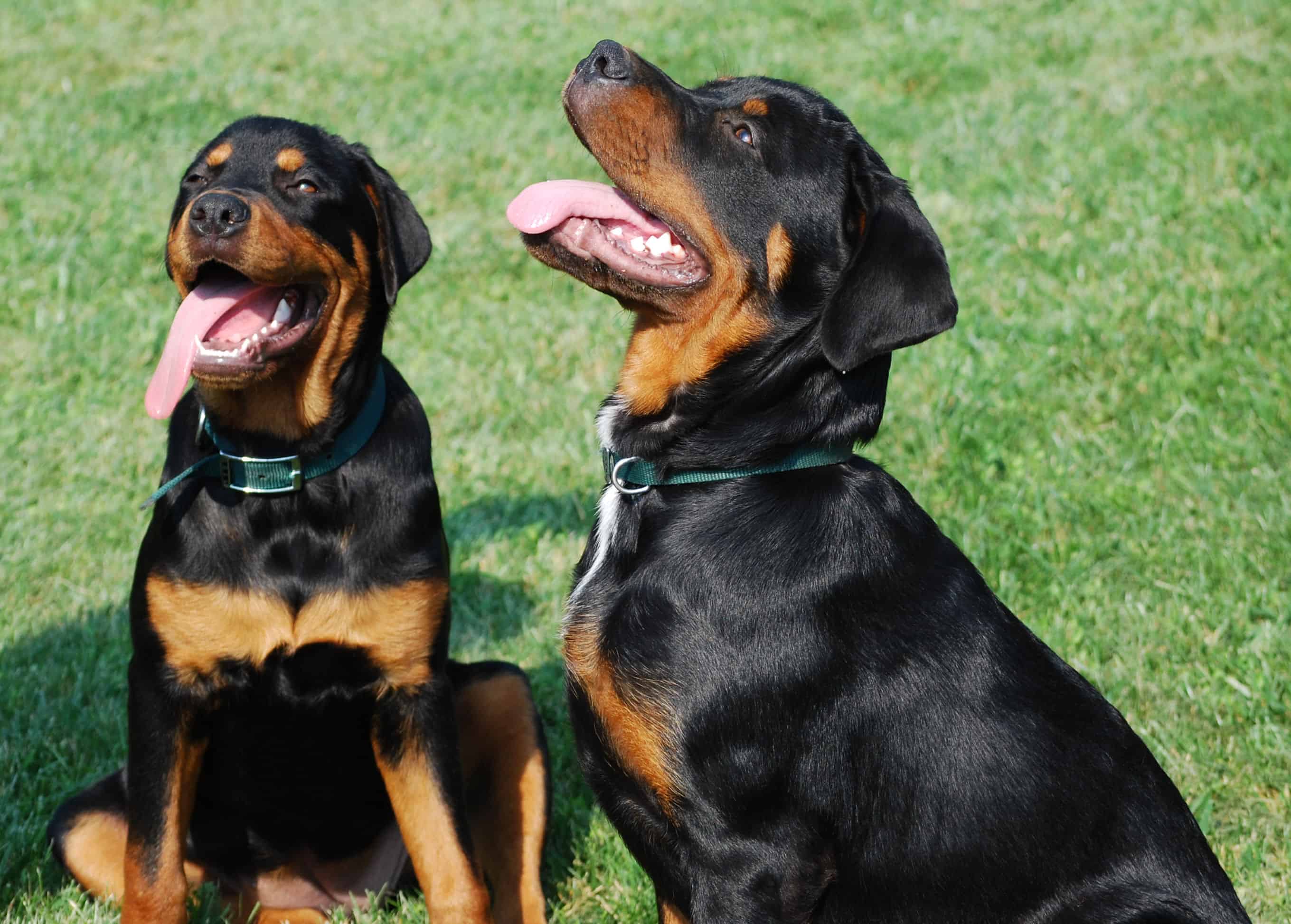Why Rottweilers Excel in Obedience Training: An Exploration of Innate Traits and Training Techniques
Introduction
Rottweilers, renowned for their formidable presence and unwavering loyalty, have consistently demonstrated exceptional aptitude in obedience training. This essay delves into the intricacies of why Rottweilers are so adept at this discipline, examining their inherent qualities, effective training methods, and the multifaceted perspectives surrounding their obedience abilities.
Innate Traits of Obedience
Rottweilers possess several innate traits that predispose them to excel in obedience training.
1. Intelligence: Rottweilers rank highly in intelligence, displaying remarkable problem-solving abilities and trainability. Their cognitive prowess allows them to grasp commands quickly and retain them over time.
2. Loyalty: Rottweilers are fiercely loyal to their handlers, establishing strong bonds based on trust and respect. This loyalty translates into a deep-seated desire to please, making them highly responsive to obedience cues.
3. Attention: Rottweilers possess exceptional attention spans, remaining focused during training sessions. Their ability to concentrate on instructions and ignore distractions contributes to their obedience prowess.
Effective Training Techniques
In addition to their innate traits, effective training techniques play a crucial role in maximizing Rottweilers' obedience abilities.
1. Positive Reinforcement: Rottweilers respond exceptionally well to positive reinforcement, such as treats, praise, or playtime. Rewarding desired behaviors reinforces them, encouraging repetition and progress.
2. Consistency: Maintaining consistency in training commands and expectations is essential for Rottweilers. Clear and consistent instructions help them learn and obey commands reliably.
3. Patience and Repetition: Training Rottweilers requires patience and repetition. Repetition solidifies learned behaviors, while patience allows them time to process commands and develop understanding.
Critical Analysis of Perspectives
While the obedience abilities of Rottweilers are widely acknowledged, there are diverse perspectives on the reasons behind this proficiency.
Some experts attribute it solely to their innate traits, arguing that their intelligence, loyalty, and attention are genetically programmed. Others emphasize the importance of environmental factors, particularly the quality of training and socialization.
A balanced view recognizes both innate and environmental factors as contributing to Rottweilers' obedience prowess. Their inherent traits provide the foundation, while effective training techniques nurture and refine those abilities.
Scholarly Research and Evidence
Scholarly research provides empirical evidence to support the effectiveness of obedience training for Rottweilers.
Conclusion
Rottweilers' remarkable aptitude for obedience training stems from their innate intelligence, loyalty, and attention, which provide a solid foundation. Effective training techniques, such as positive reinforcement, consistency, and patience, further enhance their obedience prowess.
The complexities of obedience training for Rottweilers involve a dynamic interplay between innate traits and environmental factors. Recognizing this multifaceted nature allows trainers to tailor their approach to maximize the potential of these exceptional canine companions.
Reflection on Broader Implications
The study of obedience training in Rottweilers has broader implications for canine training and behavior. It highlights the importance of understanding the unique characteristics of each breed and tailoring training methods accordingly.
Moreover, the focus on positive reinforcement and the value of socialization emphasizes the importance of ethical and humane approaches to animal training. By fostering a positive relationship between handler and dog, obedience training can strengthen the bond between them and contribute to the overall well-being of both.
Why Pembroke Welsh Corgis Make Great Travel Companions
How To Build A Bond With Your Australian Mist Cat
How To Train Your Asian Semi-longhair Cat



